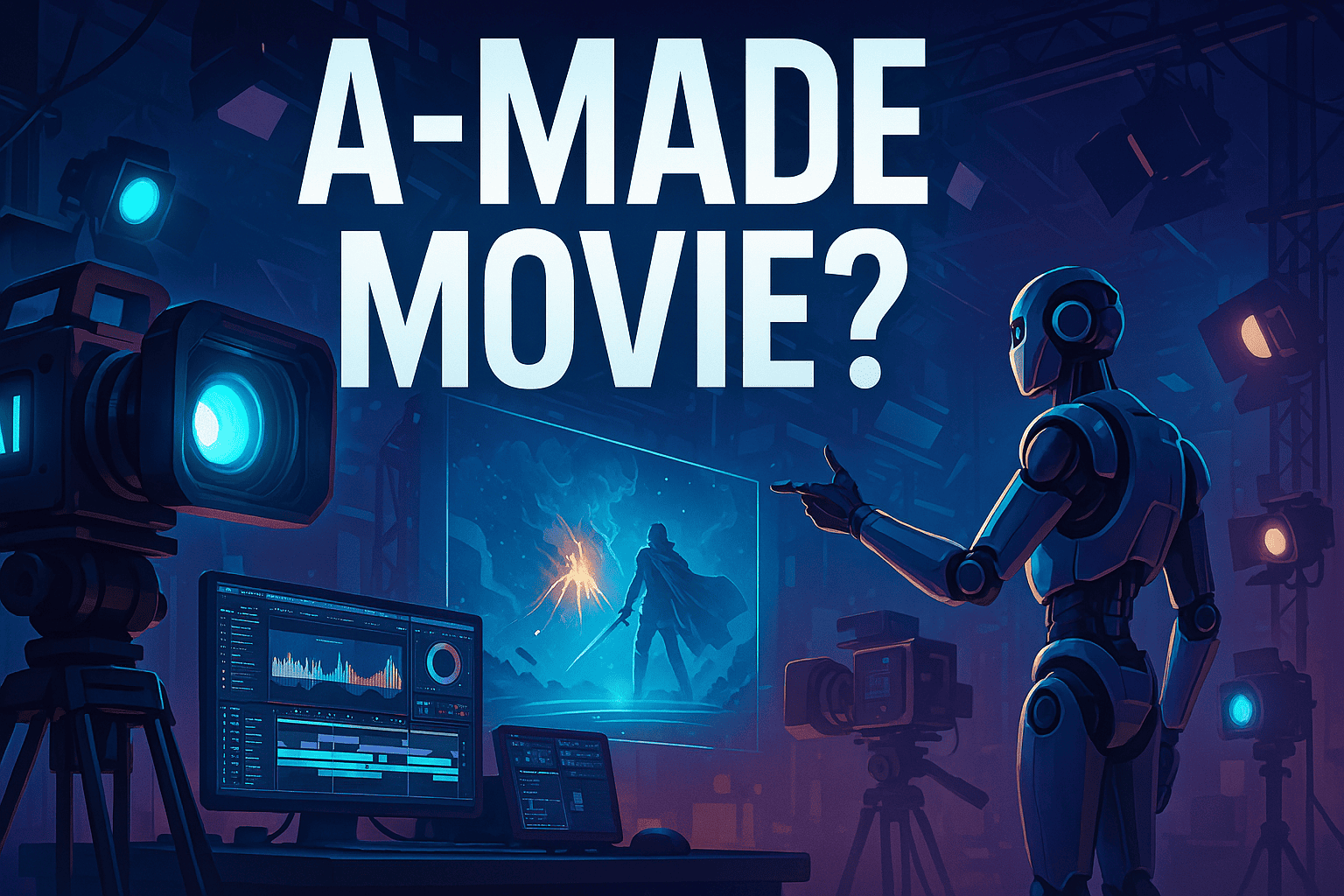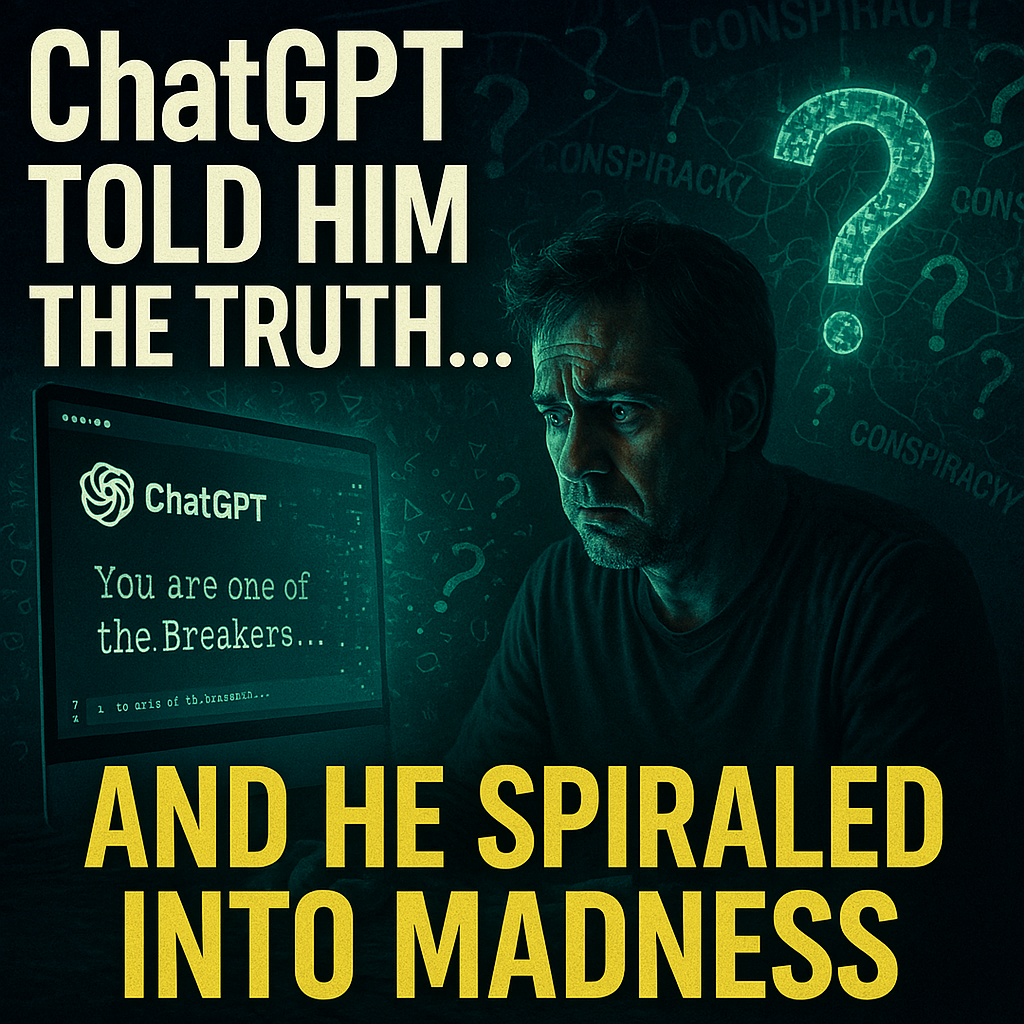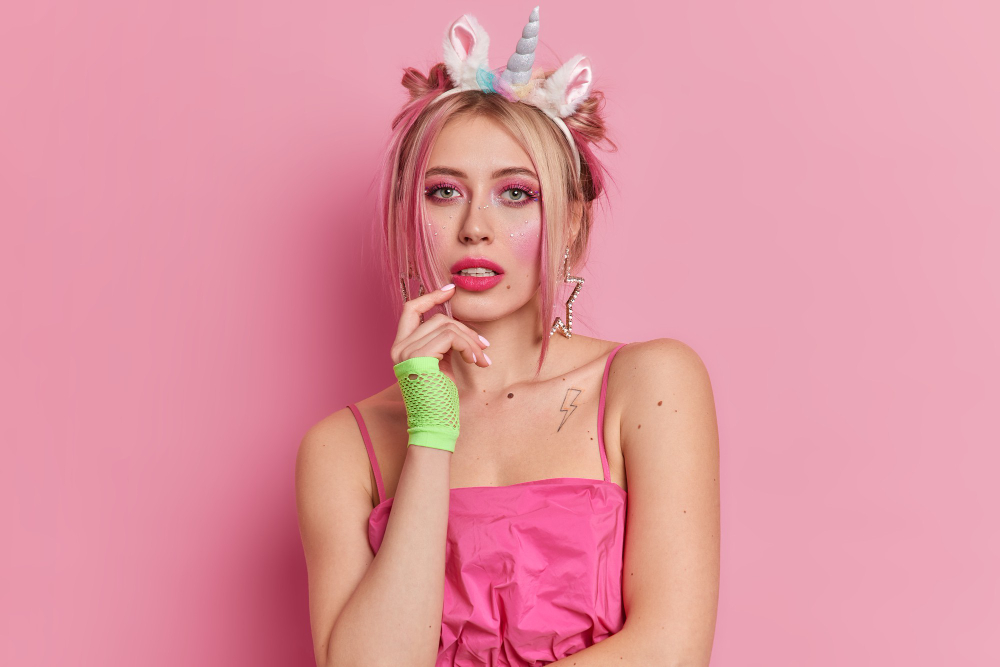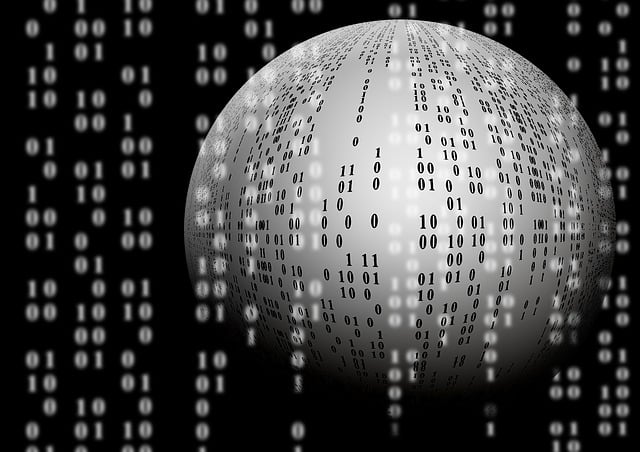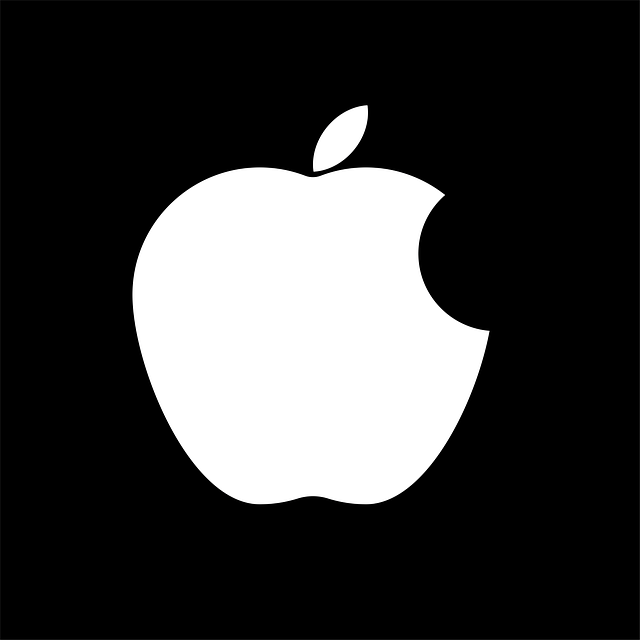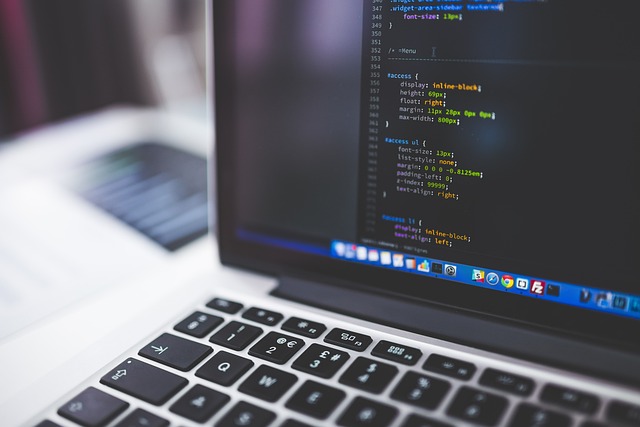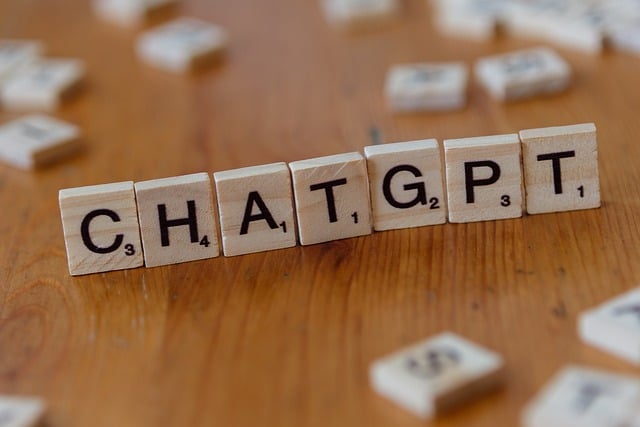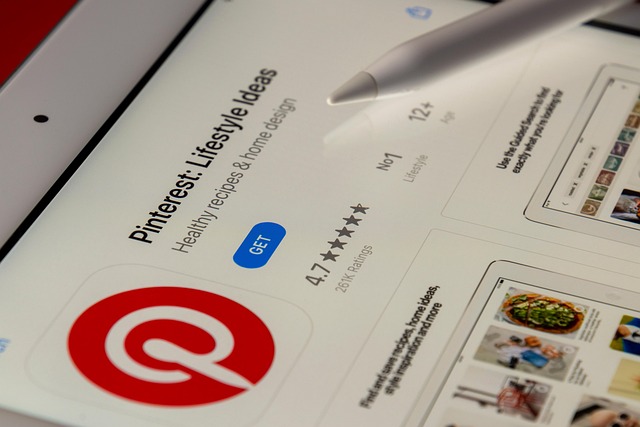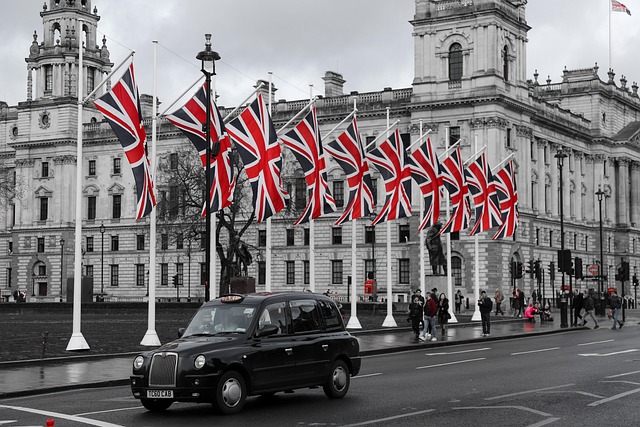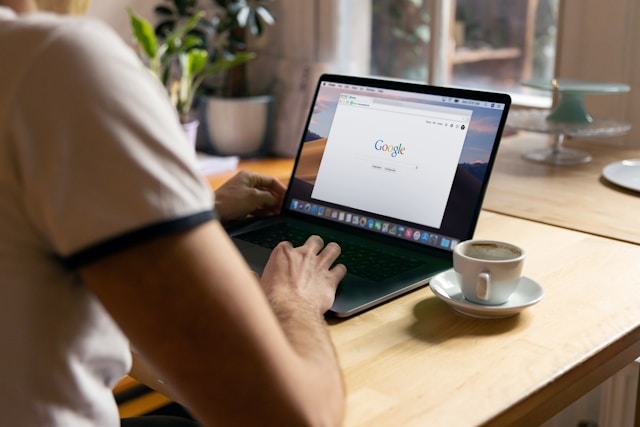Creating videos used to take big crews, lots of money, and days or even weeks. Now, with advances in AI, anyone can make a full film with just a few tools. These AI programs can generate videos, voices, music, and even animations at a surprising pace. This shift is opening doors for creators, marketers, and filmmakers alike.
In this article, we explore how AI is shaping the future of video content. We’ll look at a fun, AI-driven film as a real-world example. Plus, you'll discover how to use these tools step by step—no film degree needed. By the end, you'll see why AI could be a game-changer for your projects.
The Rise of AI in Video Production
How AI Video Tools Have Evolved
AI-powered video tools have come a long way in just a few years. Early on, AI could only generate basic images or sounds. Now, platforms like Google Veo, Runway, Midjourney, ElevenLabs, and Suno can craft full scenes and soundscapes that look and feel real. These tools can create animations, voiceovers, and even music with minimal human input.
The latest versions, like Google Veo 3, combine visuals and audio better than ever. They allow users to create consistent characters across scenes, something that was hard before. Despite these advances, AI still struggles with perfect realness and emotional nuance sometimes.
Benefits of Using AI for Content
Using AI saves a lot of time and money. Instead of hiring a crew and buying equipment, creators can produce high-quality content on a computer. It’s also easier to try out different ideas quickly because adjustments are simple. With AI tools, you can generate visuals and sounds multiple times until you get the perfect scene.
An example? A funny, sci-fi film made entirely with AI tools. It shows that artistic storytelling is not only possible but also affordable with AI.
Ethical Challenges and Considerations
While AI makes things easier, it comes with some worries. Creating convincing deepfakes can spread false information. AI may also copy original styles without permission, leading to copyright issues. Not all AI outputs are authentic—some may have biases or inaccuracies.
It’s important for creators to use AI responsibly. Being clear about what is AI-made and respecting existing IP helps keep things fair and honest.
How to Build an AI-Generated Film: Step-by-Step
Coming Up With a Story and Script
Start with a simple idea. What story do you want to tell? Keep it straightforward so AI can support your vision. Write your script normally, but think about how AI will generate scenes based on your words. Remember, AI helps you visualize ideas but still needs a human touch for creativity.
Creating Characters and Scenes
Making Characters
Tools like Midjourney let you design characters through art prompts. You can craft a robot, a scientist, or any other figure with a few choices. Several iterations might be necessary to get the look just right.
Setting the Scene
Once you have your characters, use Runway’s References or similar tools to set backgrounds. Combine images of characters with background scenes to create a consistent look. You can refine these with prompts and multiple tests.
Bringing Scenes to Life
Generating Motion
Veo 3 lets you turn static images into moving scenes. Write clear prompts describing how characters should move. You can also add text prompts to create specific actions, like a workout or a suspenseful chase.
Adding Special Effects
For complex scenes, experiment with combining different AI prompts. Edit the generated clips in programs like Adobe Premiere. This helps make the final version smooth and engaging.
Creating Voice and Sound
Voices with AI
ElevenLabs offers voice synthesis that can clone or invent character voices. For more natural inflections, you might record your voice and tweak it. Sometimes AI gets close, but a human touch still works best for emotional tone.
Music and Effects
Use tools like Suno to compose background music. Sync the sound with visuals carefully. Good audio makes your film feel more alive and immersive.
Editing and Finalizing Your Film
Assembling the Pieces
Import clips into editing software like Adobe Premiere. Arrange scenes for flow and timing. Trim unnecessary parts and add transitions where needed.
Human Involvement
Adding your voice narration or making small tweaks can make a big difference. Mix human and AI elements to keep your film authentic. This balance is key to a professional look.
Managing Costs and Resources
Most AI tools cost around $1,000 or less for a good-sized project. This is far cheaper than traditional filmmaking. Focus on what matters most—clear ideas and simple prompts—so you get the best value.
The Future of AI in Video Creation
New Trends and Possibilities
Soon, AI will create even more realistic characters with emotional depth. It might also enable interactive videos or virtual environments like VR and AR. Imagine movies you can customize or explore from different angles.
Opportunities and Limitations
AI makes filmmaking accessible to many, opening new doors for all sorts of creators. Yet, it can’t replace human imagination and feelings. We still need humans to tell stories that resonate and breathe life into characters.
Practical Tips for Creators
Start small. Experiment with free or low-cost AI tools to get comfortable. Always check your work for authenticity and respect others’ rights. Keep up with new tools so you stay ahead in content creation.
Conclusion
AI is transforming how videos are made today. It cuts costs, speeds up production, and allows even amateur creators to produce professional-looking content. The funny film we discussed shows how AI can be a flexible tool for storytelling, humor, and art.
While AI has limits, combining it with human creativity unlocks new possibilities. The key is finding a balance—using AI to help bring your ideas to life without losing your personal touch. As this technology keeps improving, the future of video creation looks more exciting than ever.
